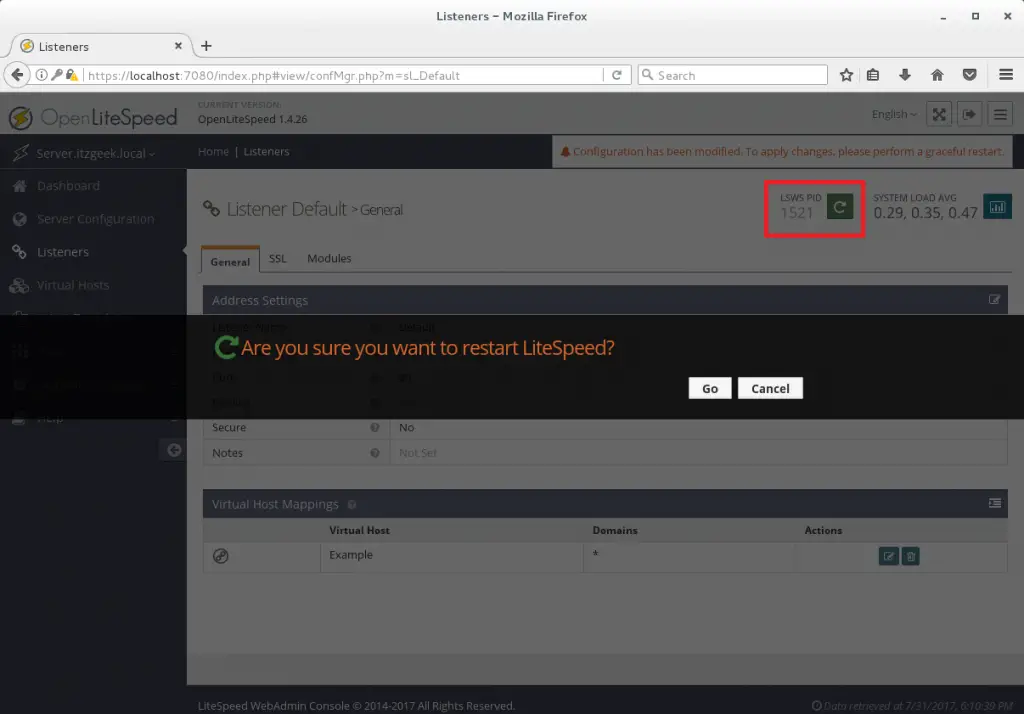

Set this value to 1 to disable port 80 redirection. There, create a new DWORD value with the name: NoSSLRedirect Note: For the deprecated PRTG versions 7 and 8, you might see the values in the additional subkey V7 or V8. In the registry editor, go to: 32-bit: HKLM\Software\Paessler\PRTG Network Monitor\Server\WebserverĦ4-bit: HKLM\Software\Wow6432Node\Paessler\PRTG Network Monitor\Server\Webserver Make sure to create a backup before you edit the registry. If solution #1 is not possible, you can add a registry entry that disables port 80 redirection for PRTG. For example, you can start the PRTG service dependent on an Apache service, so that the Apache web server starts first.
#Litespeed web server at www.bankislami.com.pk port 80 windows
This can be achieved, for example, by changing settings in the Windows services. If you start a program or service that uses port 80 before PRTG, port 80 is already taken on PRTG startup and therefore not blocked. If you want to use port 80 for other web applications, there are two solutions: Solution #1: Start other services earlier than PRTG This is to avoid that users see a Connection failed message in case they do not include when calling the PRTG web interface. Unlike other solutions that act as frontend proxies, LiteSpeed replaces all Apache functions, simplifying use and making the transition to a new server easy for your team.

If it is not, PRTG sets a redirect for port 80: All web connections to this port are redirected to port 443. Replacing Apache with LiteSpeed Web Server takes less than 15 minutes, and incurs zero downtime. However, on startup, the PRTG web server checks if port 80 is used on the host computer. You set the PRTG web server to use SSL on port 443. This article applies as of PRTG 22 PRTG automatically determines which ports to use


 0 kommentar(er)
0 kommentar(er)
